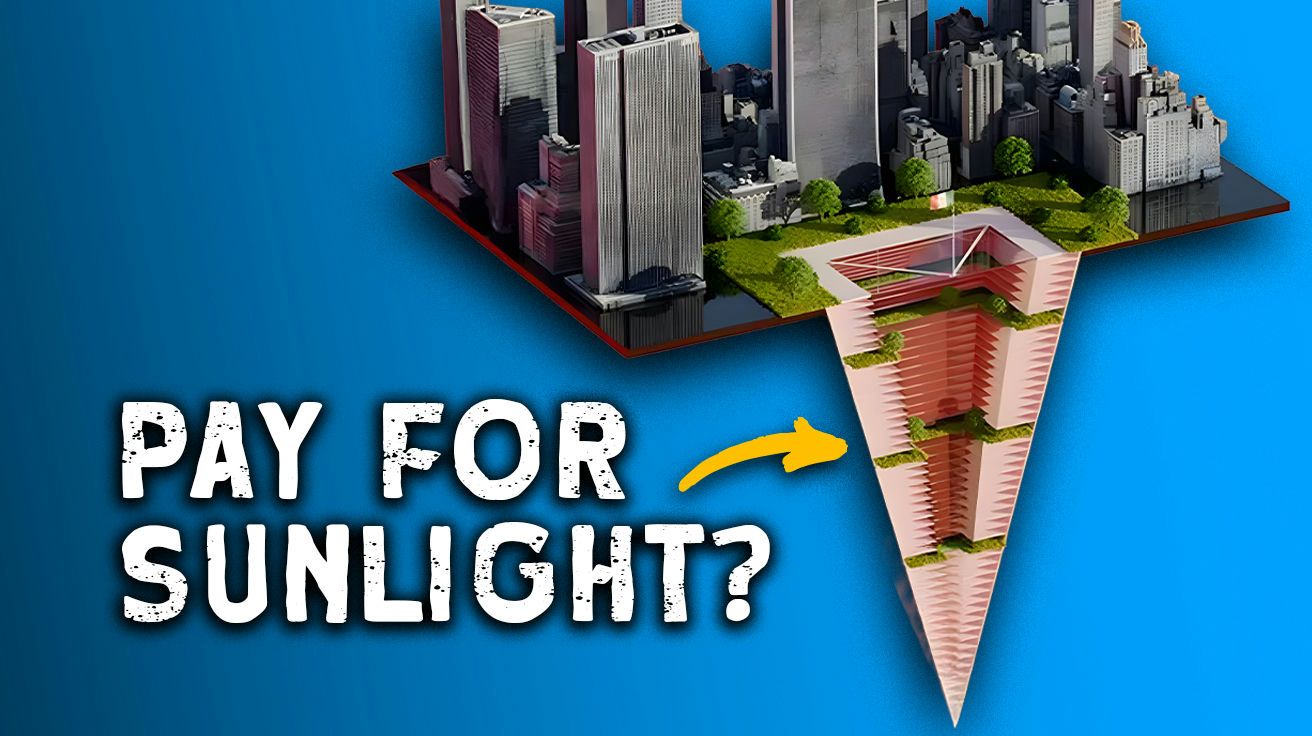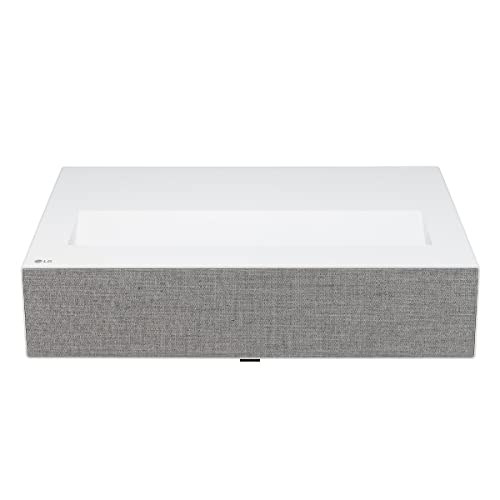Cities breed innovation like TikTok spawns dance crazes, yet ambitious urban tech often flops. This analysis exposes why earthscrapers – those inverted skyscrapers digging deep underground – represent a spectacular architectural miscalculation. Each aspect reveals how techno-utopianism collides with practical realities. What happens when architectural ambition tunnels too far from common sense?
13. Construction Nightmares
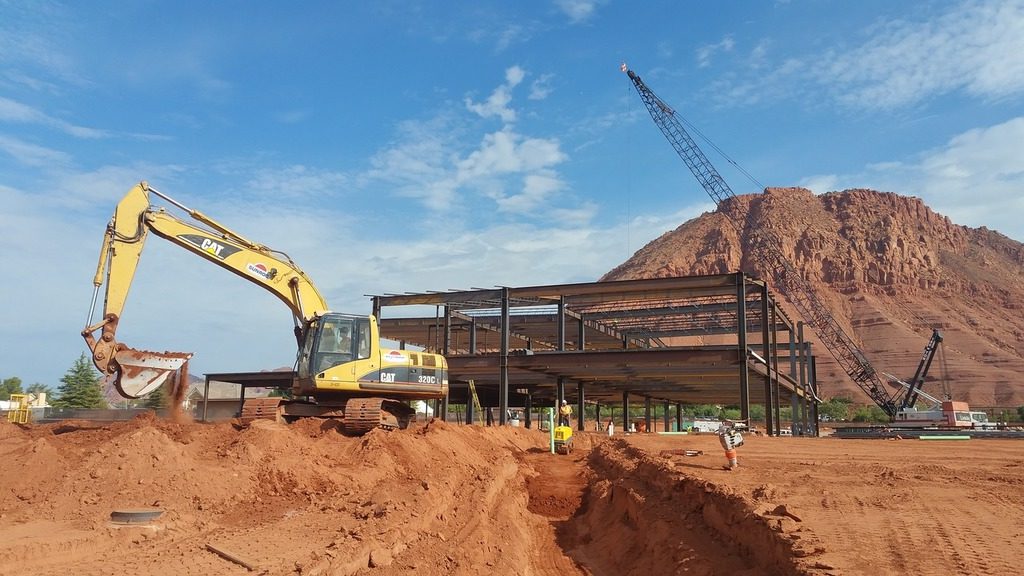
Urban excavation projects run about five years behind schedule – longer than most streaming subscriptions last. Now imagine a project requiring millions of cubic meters of earth removal from a city center, creating a parade of dump trucks that would transform traffic into nightmares.
The construction chaos would turn daily life into an obstacle course for residents like Mr. Henderson. His simple grocery trip would require navigating through deafening noise and confusing road closures. The disruption would last years, not weeks, making any housing gains seem trivial compared to the mess.
12. Historical Parallels to Rental Palaces
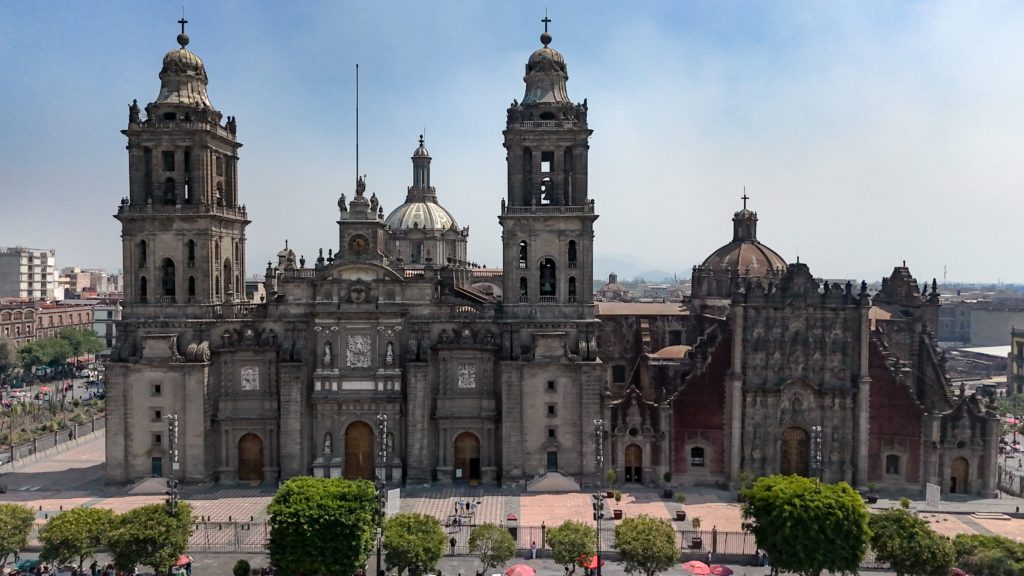
Pre-war Budapest offers lessons about vertical inequality that make earthscrapers look familiar. During that era’s real estate bubble, buildings rarely exceeded five stories, with top floors for the wealthy while thousands lived in peripheral shantytowns.
Earthscrapers would recreate this dynamic with reverse polarity – concentrating sunlit spaces near the top while pushing lower-income residents to the depths. This architectural caste system raises the fundamental question remains whether additional housing justifies creating physical manifestations of social inequality.
11. The Earthscraper Concept
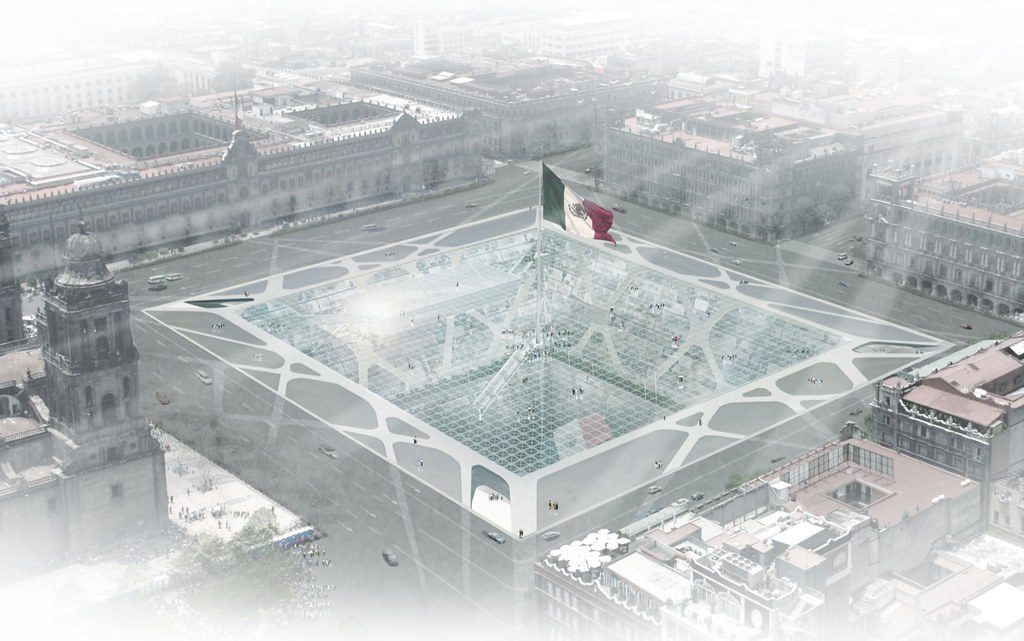
Earthscrapers flip the architectural script – buildings that burrow downward instead of reaching skyward. These structures aim to create habitable spaces stretching dozens of stories underground while maintaining minimal surface footprints, typically featuring central voids covered with glass ceilings.
The concept emerged from 1930s Japan as earthquake-resistant housing and resurfaced recently in Mexico City, where height restrictions limit new buildings in historic areas. By diving underground, developers hope to create additional living space without disturbing historical aesthetics – architectural workarounds for strict zoning laws.
10. Sunlight Deprivation
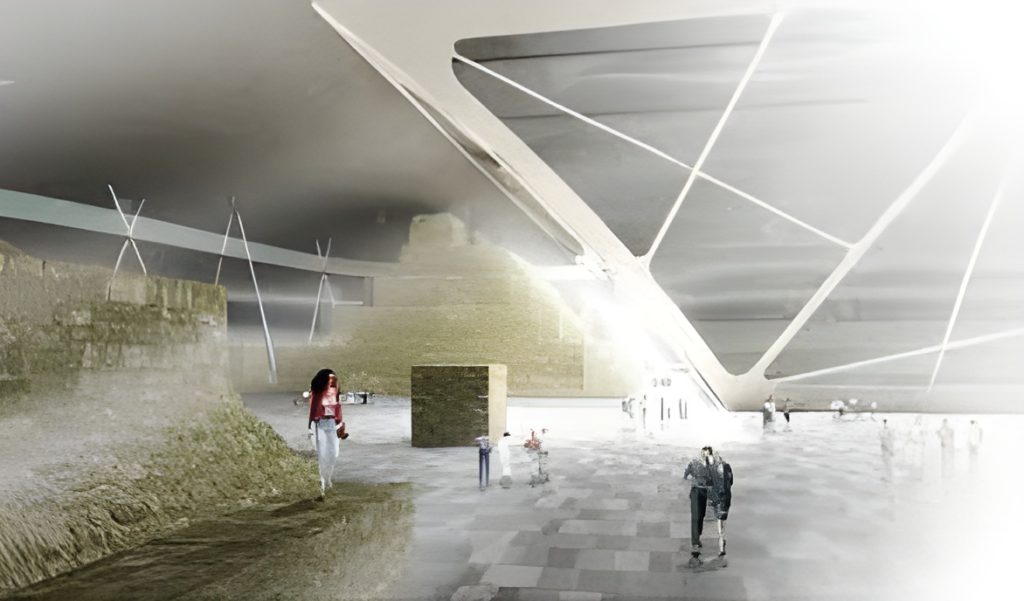
Living in an earthscraper presents the same relationship with sunlight as vampires – complicated and ultimately harmful. Natural light doesn’t beam directly downward, leaving massive sections of these underground structures as dim as a phone screen on power-saving mode.
The human body needs sunlight to produce vital hormones and vitamin D that artificial lighting can’t replicate. Imagine Sarah, an artist trapped in perpetual twilight, watching her creativity wither. The suggestion that high-tech lighting solves this problem ignores basic human needs for natural light cycles.
9. Sunlight Subscriptions and Privatized Necessities
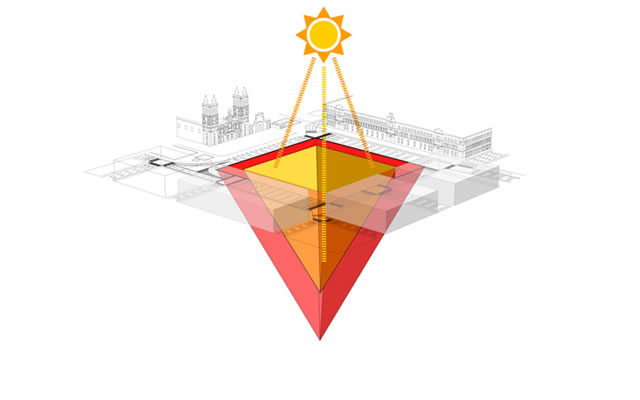
Imagine receiving your “Sunshine Premium Package” bill – $99 for four daily hours of directed natural light in your subterranean dwelling. This scenario represents the logical endpoint of privatizing natural resources within controlled environments like earthscrapers.
The prospect of commodifying daylight mirrors trends toward subscription-based living, where basics transform into tiered services. Premium residents might enjoy “Platinum Sunlight” packages while budget dwellers make do with “Basic Illumination.” This arrangement resembles airline seating policies – same destination, vastly different experiences based on what you can afford.
8. Fire Safety Catastrophe

An earthscraper fire presents dangers that safety systems cannot address. Smoke would fill the central shaft, creating an upward chimney effect that transforms evacuation routes into death traps.
The “don’t use elevators during fire” rule becomes cruel when the alternative means climbing fifty-plus stories through smoke-filled stairwells. Fire safety experts view these structures as disaster scenarios with no good solutions. This fundamental safety flaw alone should keep earthscrapers in the realm of fantasy rather than urban reality.
7. Viable Housing Solutions
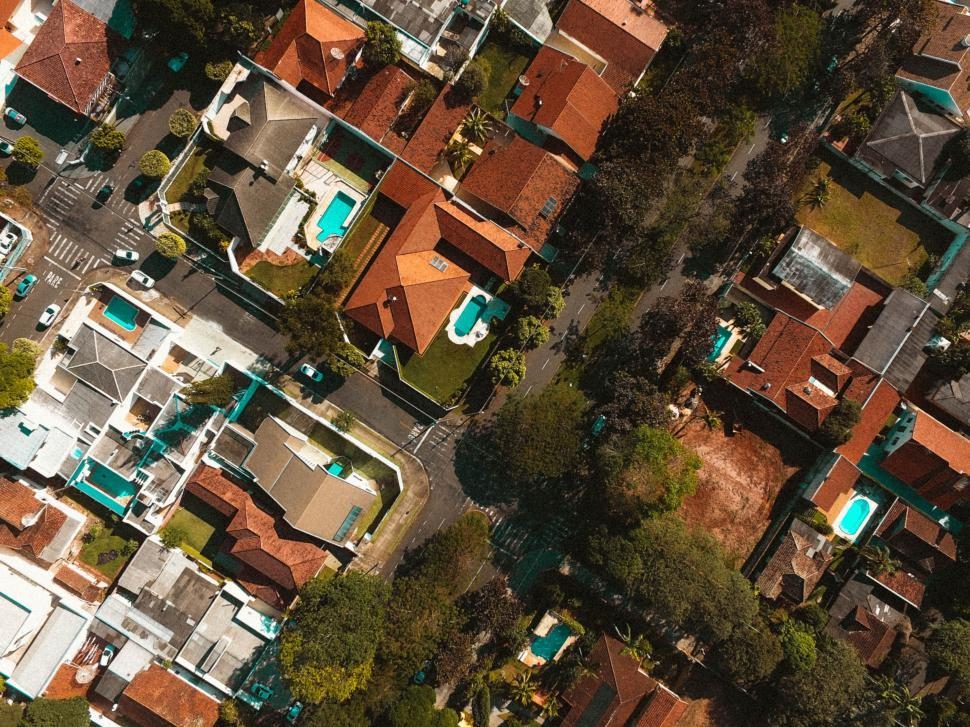
Effective urban housing solutions resemble neighborhoods people actually want to visit. Rather than digging residential holes, cities should develop additional centers designed for humans rather than vehicles, with architecture that prioritizes livability over spectacle.
Good urban planning creates pedestrian-friendly zones, mixed-income housing options, and green spaces that foster community. These approaches address housing shortages through proven methods that enhance quality of life across demographics – unlike technological spectacles that generate press without solving real problems.
6. Residential Space Constraints
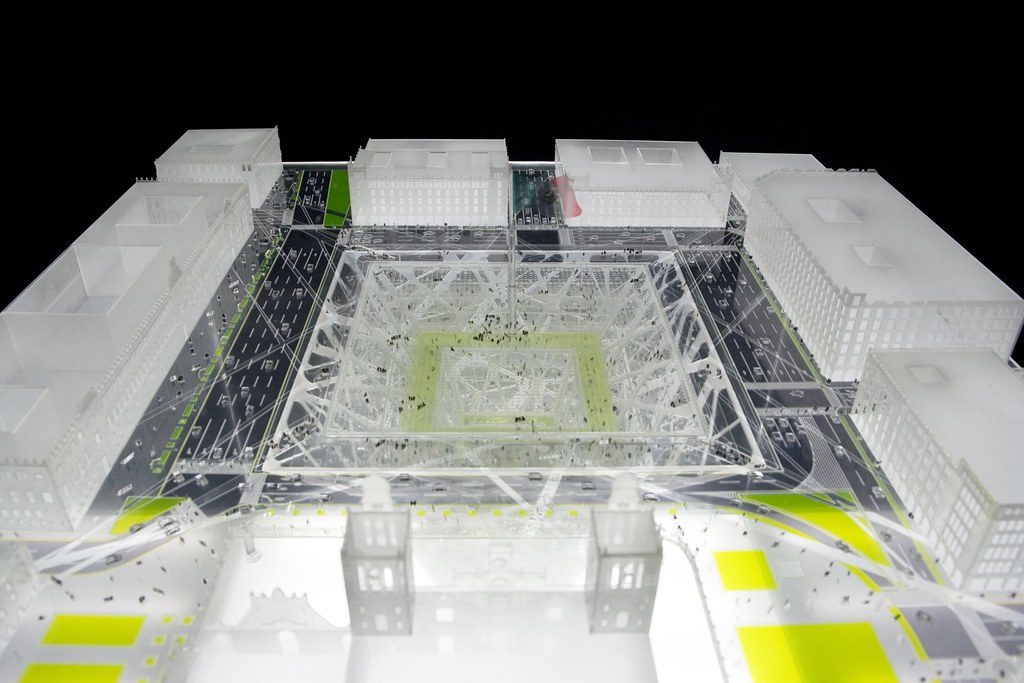
Earthscraper apartments offer minimal design flexibility. Each unit faces a single shaft-side orientation, forcing developers to choose between long, narrow units with minimal sunlight or wider layouts that sacrifice common areas.
Remote workers would find themselves trapped, constantly choosing between a sunlit bedroom and properly lit workspace. Unlike traditional buildings with multiple exterior walls creating layout possibilities, earthscraper units force compromises. The constraints create living situations more restrictive than streaming service geographic limitations – technically functional but frustrating.
5. The Earthscraper Proposal
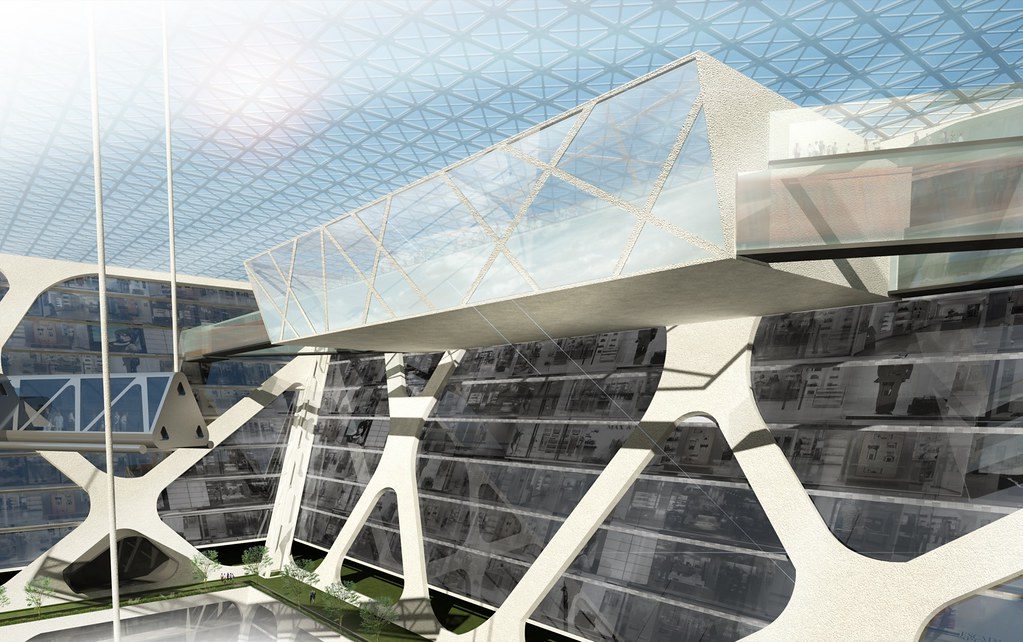
The Mexico City earthscraper proposal attempted to solve multiple problems simultaneously. The 65-story inverted pyramid would extend beneath the city’s main plaza, organized around a central void allowing limited natural light to penetrate downward.
This underground structure promised to deliver housing while preserving historical aesthetics aboveground, creating a scenario where young professionals could live affordably near offices without disrupting the skyline. The renderings looked impressive but ignored the messy realities of implementation.
4. Earthscrapers as Architectural Nonsense
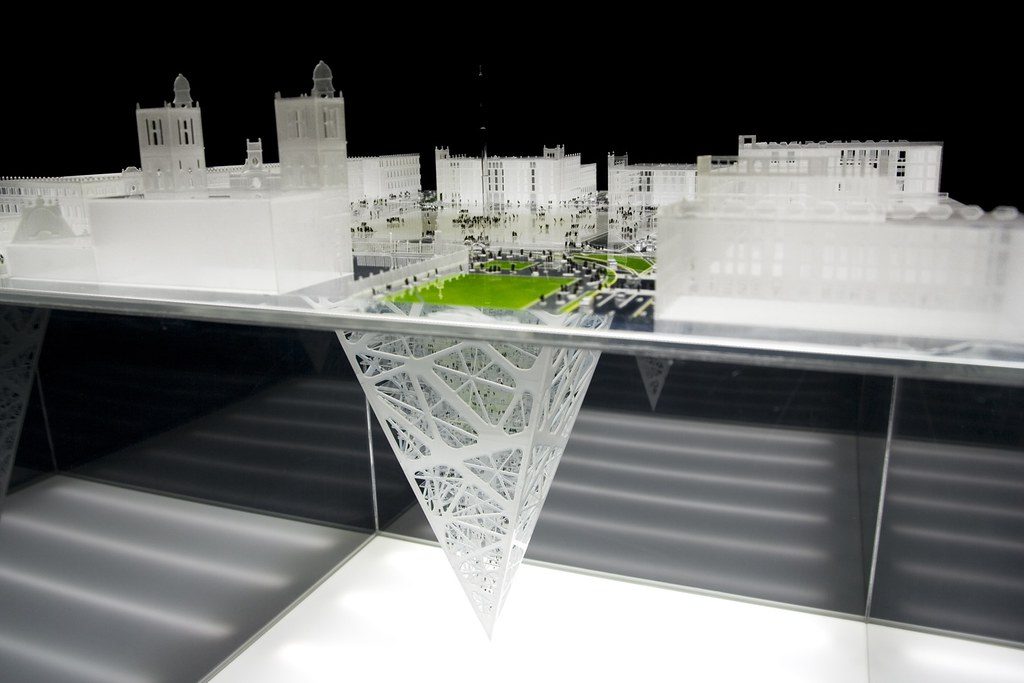
Architectural nonsense describes structures prioritizing novelty over functionality. Earthscrapers create living environments that trap occupants in impractical arrangements that would quickly become unbearable.
These designs solve few actual problems while generating dozens of new ones, from safety hazards to quality-of-life issues. Before these concepts, architecture stood as symbols of stability and progress. Earthscrapers represent regression disguised as innovation, with a massive gap between renderings and livability. Unlike tried-and-true city development strategies, radical construction concepts like earthscrapers often focus on spectacle, not substance—leaving real-world needs unmet.
3. Successful Examples in Germany
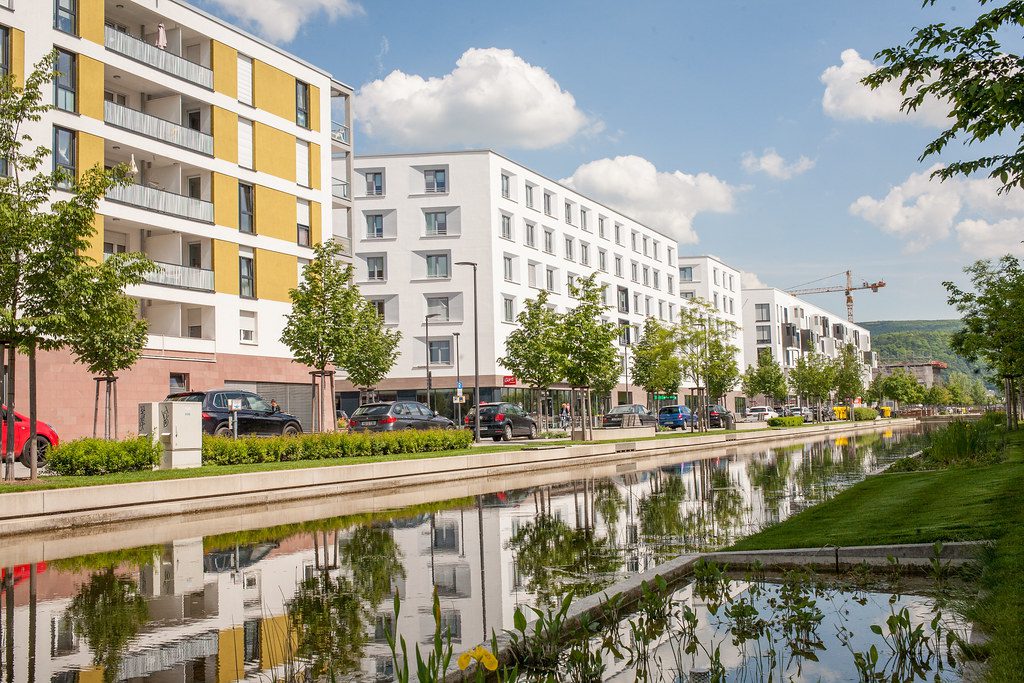
Heidelberg’s “Bahnstadt” development demonstrates urban planning done right. This modern, walkable neighborhood near the train station integrates amenities, services, and natural features into a cohesive community centered around public gathering spaces.
Neighboring Mannheim follows this blueprint with “Franklin,” transforming former military barracks into vibrant urban space through thoughtful design principles. These German examples show how architecture can address housing needs without requiring residents to live underground. By creating well-connected urban centers, these cities prove that effective solutions often resemble well-executed classics rather than experimental concepts. While earthscrapers promise a utopian future but fail to deliver, real progress comes from groundbreaking technologies shaping urban life that prioritize community, sustainability, and livability.
2. Illogical Retail Layout
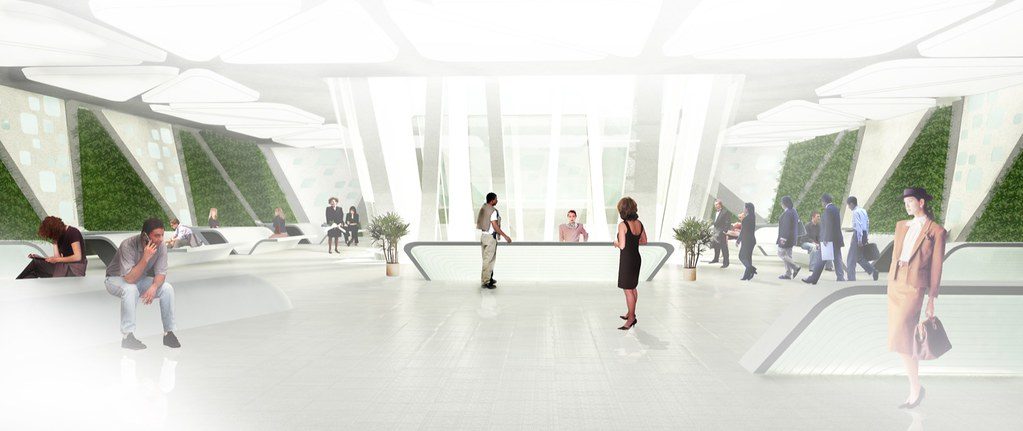
Earthscraper retail arrangements make little practical sense. These designs typically place shops on upper levels, forcing residential units deeper underground where natural light cannot reach – completely inverting traditional urban layouts.
The retail value collapses when customers like David must take a fifteen-minute, multi-elevator odyssey just to purchase a shirt. The concept contradicts what makes shopping districts work – easy access and concentrated options. Earthscraper retail would combine the inconvenience of online returns with the atmosphere of basement shopping.
1. Earthscrapers vs. Groundscrapers

Over 90% of architectural innovations fail to deliver their promises, and both earthscrapers and groundscrapers follow this trend. While groundscrapers sprawl horizontally, earthscrapers plunge vertically downward with questionable benefits over traditional construction.
These underground structures supposedly maximize space while minimizing environmental footprints through vertical density. Unlike The Boring Company’s tunnel systems (which promised revolution but delivered congestion), earthscrapers remain theoretical, sparing us from witnessing their inevitable transformation from marvel to mistake.

